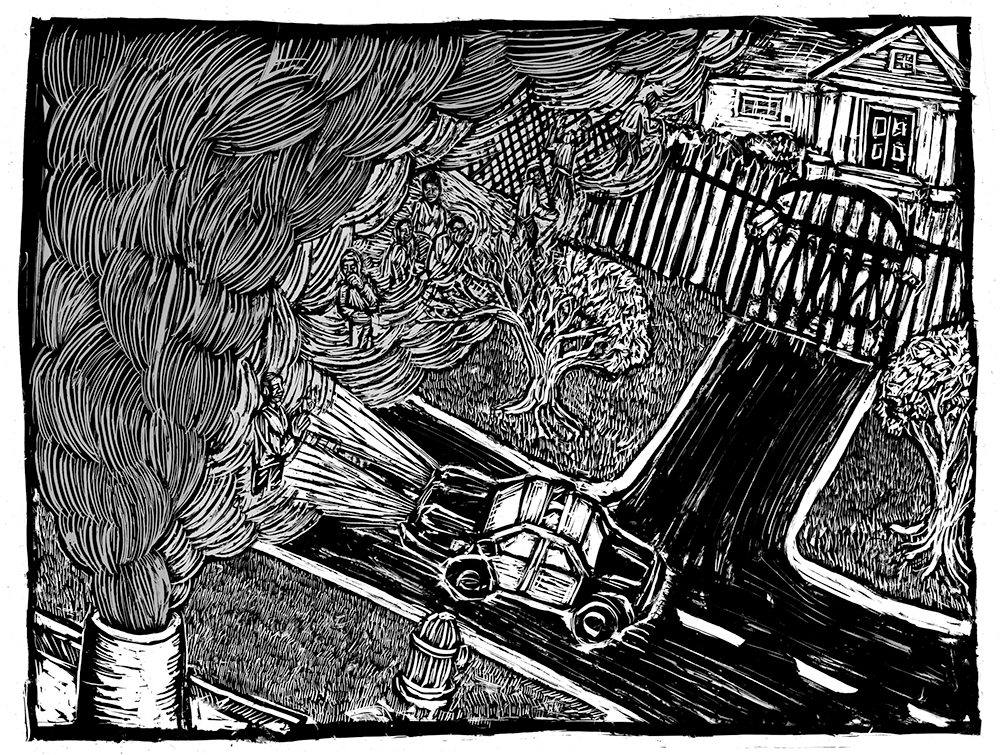
Street scene woodcut by Eric Ruin.
By Rosemarie Frascella
The concept of sacrifice is nothing new for my immigrant students. They have heard, seen, and lived the sacrifices their family members made coming to the United States. Some risked their lives crossing deserts and borders; others sailed through the Caribbean Sea and Atlantic Ocean in pitch-black containers. Most left loved ones and land in order to survive. Their parents may not have a shot at the “American Dream,” but they have all sacrificed tremendously to give their children a chance to make it. However, the idea that they or their parents may not really have had a choice in the sacrifices they made is new to many of my students, who escaped lands and economies made uninhabitable by capitalism and its hunger for fossil fuels and profits.
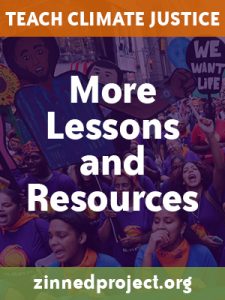 I teach 11th-grade English at an international high school in Brooklyn. My students come from more than 30 different countries and speak more than 15 languages. They are all English language learners and have been in the United States less than four years. Their diversity is stunning, but also a challenge. They come to my classroom with an array of literacy levels and academic skills in English and in their native languages. With a multicultural student body, it’s a struggle to find materials that address and respect their various homelands. I often search for ways to allow them to do their own research and share their knowledge with the rest of the class. In my eight years of teaching, I’ve learned Haitian history, eaten Bengali food, practiced my Dominican Spanish, and heard reflections on colonialism from Asia to Latin America.
I teach 11th-grade English at an international high school in Brooklyn. My students come from more than 30 different countries and speak more than 15 languages. They are all English language learners and have been in the United States less than four years. Their diversity is stunning, but also a challenge. They come to my classroom with an array of literacy levels and academic skills in English and in their native languages. With a multicultural student body, it’s a struggle to find materials that address and respect their various homelands. I often search for ways to allow them to do their own research and share their knowledge with the rest of the class. In my eight years of teaching, I’ve learned Haitian history, eaten Bengali food, practiced my Dominican Spanish, and heard reflections on colonialism from Asia to Latin America.
Last fall, I started my English language support class exploring police brutality and the killings of Michael Brown and Eric Garner. My students were stunned that such racism happened in the United States and lacked the historical context to understand these events. Esther, one of my Haitian students, told me: “I’m scared of the cops in Brooklyn. I’m moving back to Haiti.”
I asked, “You don’t have racism in Haiti?”
“We discriminate more by what you wear and how much money you make.” She added: “You all are crazy here. I’m afraid to leave my house.”
I struggle teaching about race and racism in the United States for a couple of reasons. As a white woman, I need to be aware of my own privilege and respect the fact that my students may not always feel safe talking freely in front of me. And it’s a challenge to find that perfect balance between agitation and hope. Unfortunately, I tend to do better at agitating than instilling hope; perhaps that’s the inherent nature of the U.S. education system.


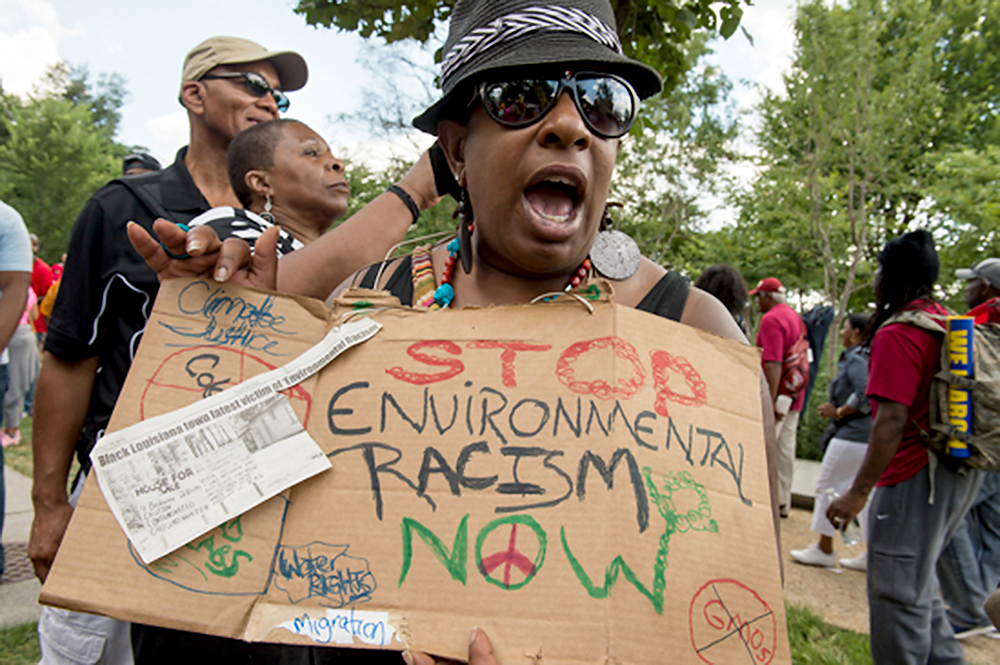
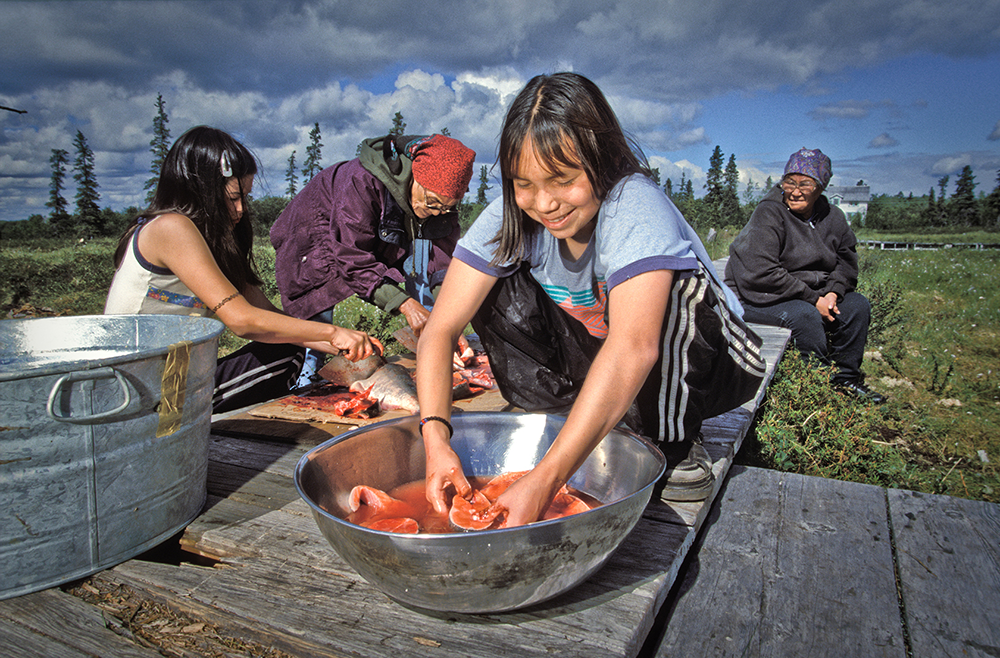
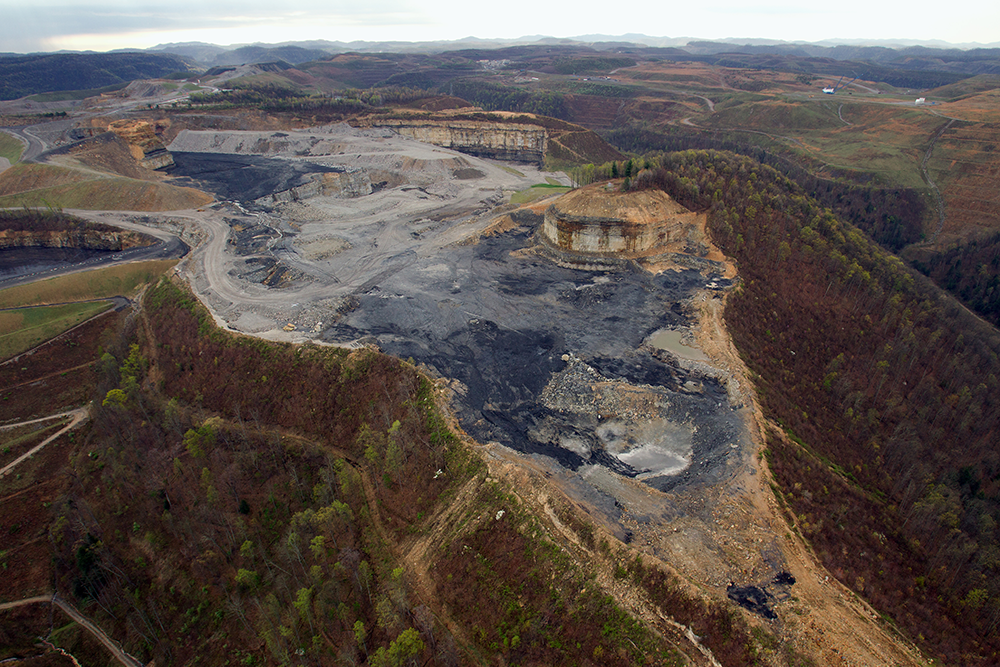
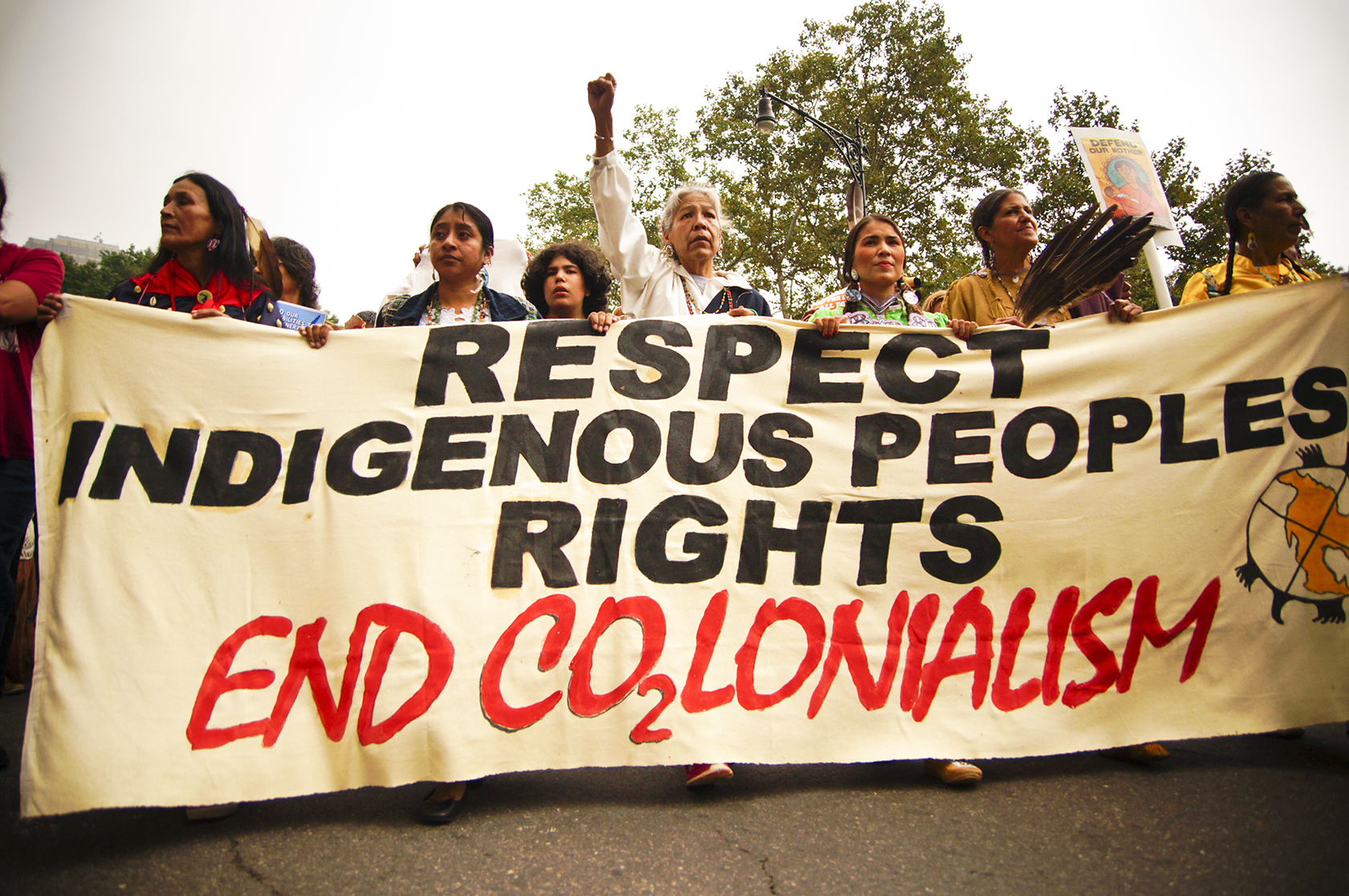






Twitter
Google plus
LinkedIn